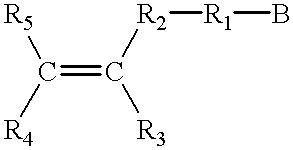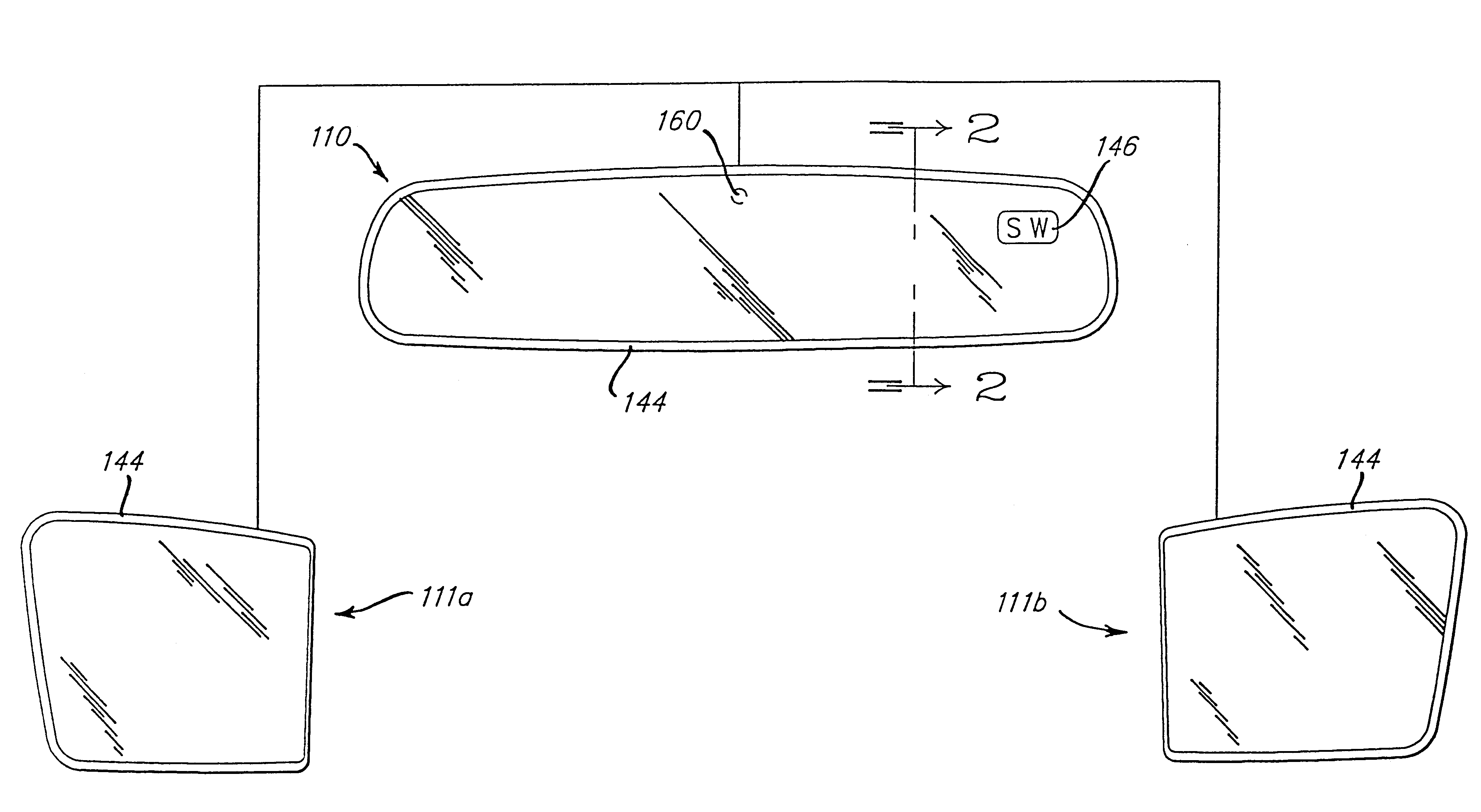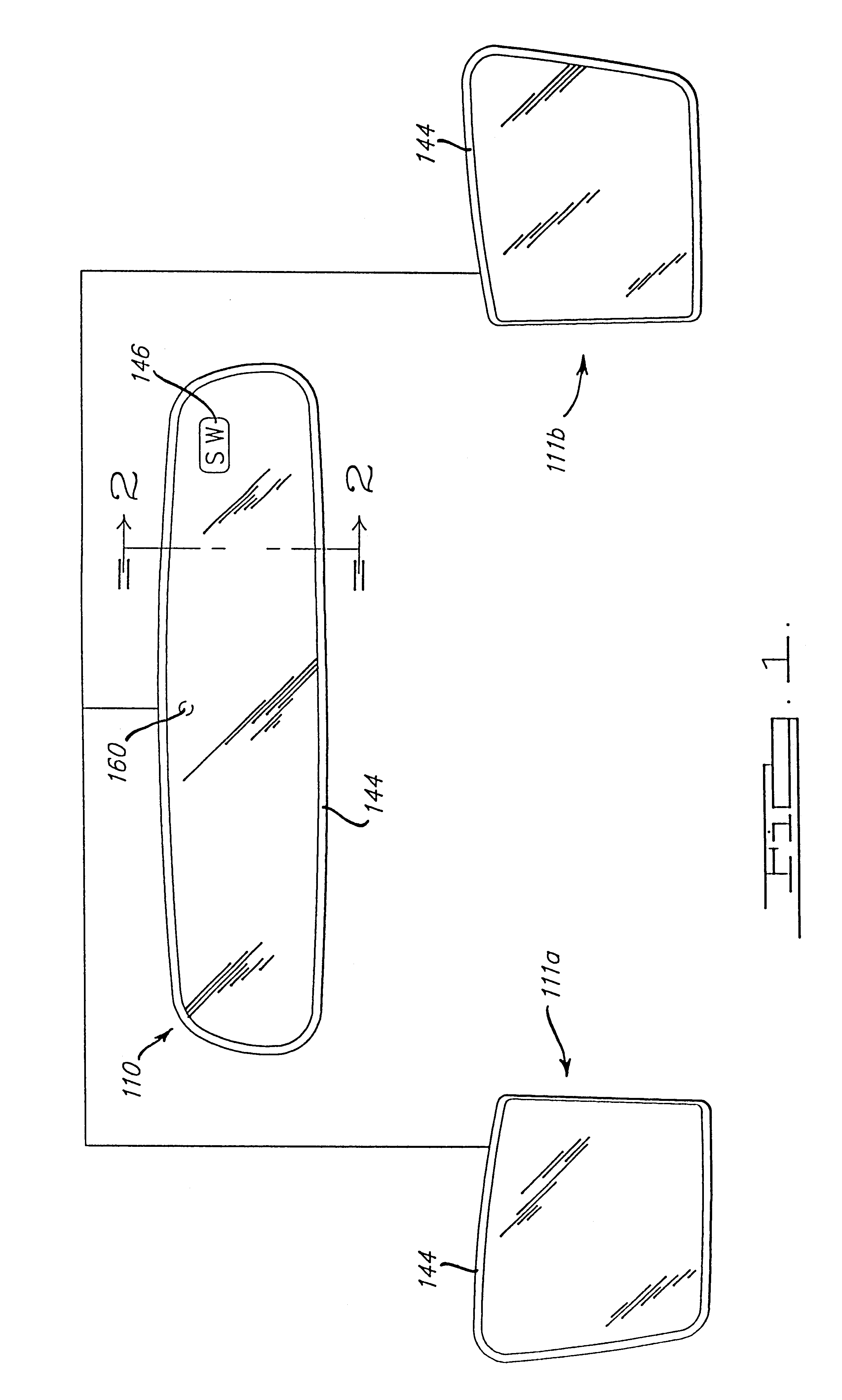Electrochromic mirror with two thin glass elements and a gelled electrochromic medium
a technology of electrochromic mirrors and thin glass elements, applied in the field of light-weight electrochromic mirrors, can solve the problems of increasing the weight of electrochromic mirrors, affecting the use of mechanisms, and becoming common on the outside of electrochromic mirrors,
- Summary
- Abstract
- Description
- Claims
- Application Information
AI Technical Summary
Benefits of technology
Problems solved by technology
Method used
Image
Examples
example 2
Several electrochromic mirrors were prepared in accordance with Example 1, except the size of the mirror elements were approximately 5".times.9". All of the spacer beads dissolved within 24 hours from when the mirrors were filled with the gel mixture. These mirrors were subjected to a pressure point resistance test. These parts, having significant area, have inherent points at which they are more susceptible to breakage under externally applied pressure. One of these points (approximately 0.5 inches form the edge) was selected for testing. These parts showed no breakage even at 1235 pounds, which represents the maximum attainable pressure on the testing equipment used (a Chattilon Force Measurement Gauge ET-110, with a rounded hard plastic finger of 1" diameter). Upon releasing the 1235 pounds of pressure, it was noted that, due to the extreme pressure, the gel had been forced out from an area approximately 0.5 inches in diameter immediately under the plastic test finger. The glass ...
PUM
| Property | Measurement | Unit |
|---|---|---|
| thickness | aaaaa | aaaaa |
| thickness | aaaaa | aaaaa |
| thickness | aaaaa | aaaaa |
Abstract
Description
Claims
Application Information
 Login to View More
Login to View More - R&D
- Intellectual Property
- Life Sciences
- Materials
- Tech Scout
- Unparalleled Data Quality
- Higher Quality Content
- 60% Fewer Hallucinations
Browse by: Latest US Patents, China's latest patents, Technical Efficacy Thesaurus, Application Domain, Technology Topic, Popular Technical Reports.
© 2025 PatSnap. All rights reserved.Legal|Privacy policy|Modern Slavery Act Transparency Statement|Sitemap|About US| Contact US: help@patsnap.com



